5. Captain Phillips
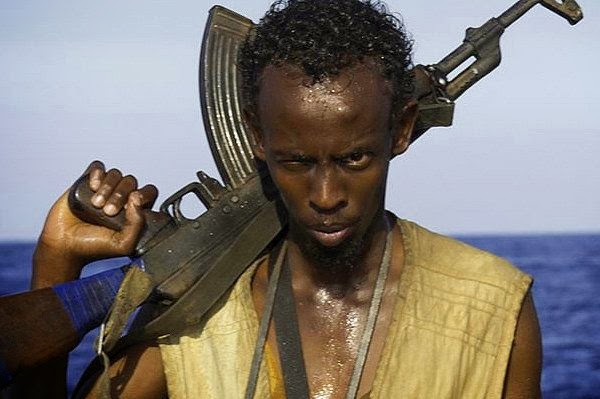
Paul Greengrass’ penchant for using fast cuts, Steadicam footage, and overarching social points in his movies make pretty much everything story he tells – from the fictional exploits of Jason Bourne to the real-world tragedy of the Bloody Sunday massacre – a brilliantly crafted thriller. Captain Phillips, his cinematic telling of the true story of the 2009 Maersk Alabama hijacking, is perhaps his finest achievement yet.
Tom Hanks always knocks it out of the park. His easy relatability and likability make him sort of an everyman. It becomes much easier for us to care about his kidnapping when we can identify with him. Hanks’ performance works beautifully, because we can see through the calm and collected exterior he is putting on for his crew to the terror underneath. He plays Phillips as a bold leader who is good in a crisis, but ultimately human. And at the end of the movie, when he cries, we cry.
One problem that a lot of movies about real-world foreign threats make is presenting them as generic bad guys. Bad guys in fictional Hollywood movies might just be pure evil agents of chaos, but in real life, everyone has their own perspective. One of the smartest things that Captain Phillips does is humanizing the pirates. The situation in the Horn of Africa is so bad that piracy is their only option – and they’re scared, too.
The humanity comes from the actors, but that all comes through under the sharp eye of Paul Greengrass, whose deft direction keeps this movie an intense, exhilarating, edge-of-your-seat thriller from start to finish.
4. Nightcrawler
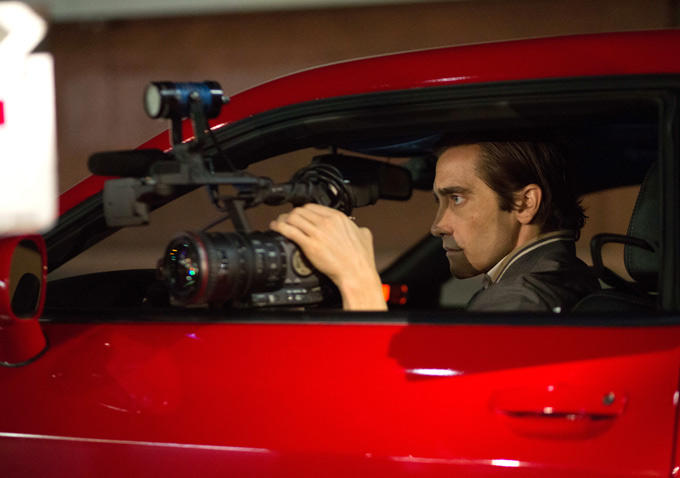
Dan Gilroy’s feature directorial debut is a striking character study of Louis Bloom, a guy who spends his nights on the streets, documenting crime and then selling the footage to TV news stations. Jake Gyllenhaal has often played roles with dark psychological undertones, and this is the perfect role for him.
Gilroy’s script predated the “fake news” controversy that has shrouded the media since the 2016 Presidential election, but it’s all in there. Nina will twist a story or leave out details if she thinks it will make it more interesting to her audience – she’s more interested in being a celebrity than a true reporter. The movie balances its focus between the media’s unscrupulous pandering to consumer demand and Louis’ disturbed psyche. As Louis delves deeper into this world and loses sight of his moral compass in his quest to capture horrific imagery, he loses his humanity. He becomes more interested in getting the best footage than helping people.
Visually, Nightcrawler is a slick neo-noir, but tonally, this movie is closer to a dark comedy or a horror movie than anything else. All in all, it could be described as a thriller, since it is exciting and tense throughout, but it is a unique movie that almost defies categorization.
Thematically, the film is very strong, too. It plays with the conflict of using unethical journalistic practices to boost ratings and the media’s obsession with violence. Most thrillers just blindly use violence for entertainment. The violence in Nightcrawler is shocking, because it asks us why we do enjoy watching violence in the media.
3. Argo
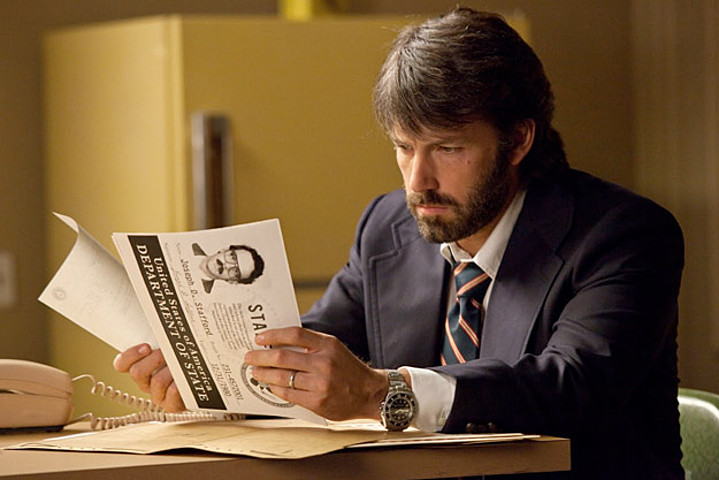
Nobody could have predicted that Hollywood hunk Ben Affleck, the guy from Gigli, would direct and star in a taut thriller about a real-life hostage crisis in Tehran and win the Best Picture Oscar for it. But in 2012, that’s exactly what he did. Argo has been Affleck’s finest work as a filmmaker, and in the true-life role of Tony Mendez, he delivers one of the most committed performances of his career.
The “Canadian Caper” story that the film is based on is an incredible true story, but if it was all told completely straight, it wouldn’t be too compelling. Affleck realized this, and so he kept the film entertaining and engaging through the use of humor. John Goodman and Alan Arkin’s characters have a hilarious dynamic. However, unlike other true-life dramas that utilize humor to keep the audience invested, like The Big Short, the tone doesn’t feel all over the place, and Affleck knows when to rein it in and take the story seriously.
The climactic sequence, as the hostiles piece together the shredded documents and figure out what’s been going on right under their noses, is one of the most intense viewing experiences in recent memory. The cutting between the airport and the runway and the Revolutionary Guards and the Studio Six office to tell the final moments of the mission rivals the perspective-hopping of even Paul Greengrass’ best work.
2. Sicario
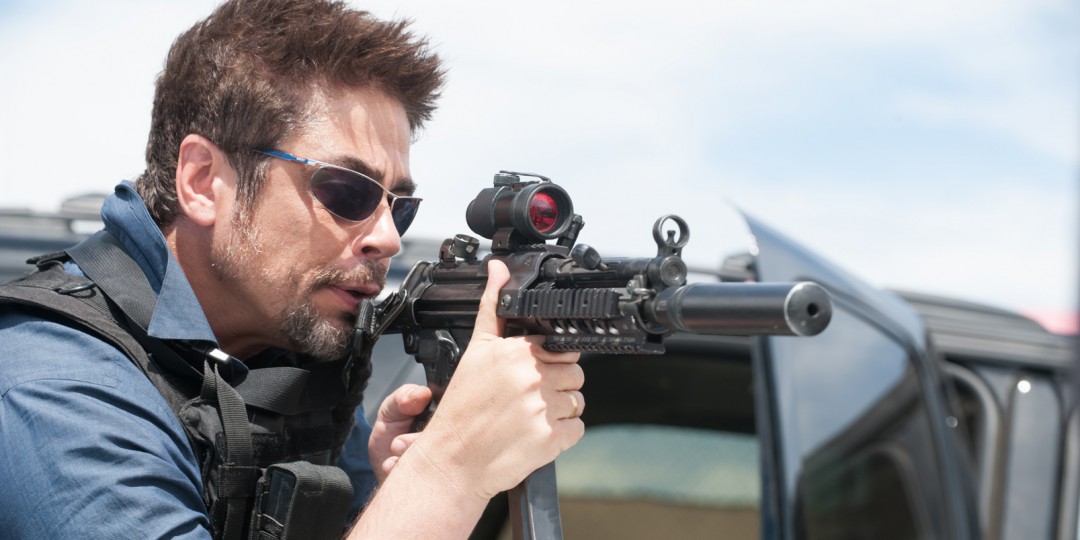
The best thrillers work as action movies that are set in a very real and terrifying world. Sicario is a film about one of the hottest issues in American politics today: the conflict at the U.S./Mexico border and the resulting racial tensions between the two nations.
Denis Villeneuve is one of the greatest directors working today. He always manages to strike the right tone – whether it’s telling the beautiful human story of Arrival or recreating the slick neo-noir look of Ridley Scott’s Blade Runner for the belated sequel – and Sicario is no different. The violence is brutal and some of the imagery, like the naked corpses hanging from a bridge, is haunting. Villeneuve and his cinematography Roger Deakins manage to make the hot, bright landscapes of Mexico look cold and unforgiving, which is key to the feel of the film.
Taylor Sheridan’s screenplay balances the dynamic of its characters deftly. Emily Blunt’s Kate Macer is an FBI agent who likes to do things by the book and finds herself completely out of her depth when she is recruited by Josh Brolin’s Matt Graver to hop over the border and face the ruthless drug cartels of Mexico. It becomes apparent to Kate that she doesn’t belong in the world of bending the rules and unlawfully killing people, whereas Benicio del Toro’s Oscar-worthy turn as Alejandro represents the kind of person who does belong in that world.
The plot is unusually structured, which is what keeps it engaging. The opening scene and the inciting incident and the first and second acts all follow a very conventional structure – all driven by action, too – but when the plot arrives at the third act and we endure that intense night-vision sequence, it deviates off-formula to focus on Alejandro’s quest for revenge. Once the established narrative structure is shaken up, we’re more uncomfortable and unsettled, and therefore on the edge of our seats.
Plus, we follow Silvio’s seemingly inconsequential storyline from the very beginning, as he bonds with his son, and it doesn’t seem to be going anywhere – until he is revealed to be a cop and gets abruptly shot while on duty.
If he was just a generic cop who only appeared in that scene, as with pretty much everyone else who gets killed in any action movie ever, then his death wouldn’t have any impact. But because we’ve seen him play soccer with his son and sleep with his wife, his death is much more effective. He’s an actual human being with a life and people who depend on him. It grounds the whole thing.
Everything about Sicario works. Villeneuve’s direction is sharp and observant; Sheridan’s script is punchy and hard-hitting; Deakins’ cinematography is a visual feast; and all of the actors are perfectly suited to their roles. It’s a mercilessly effective thriller.
1. Drive
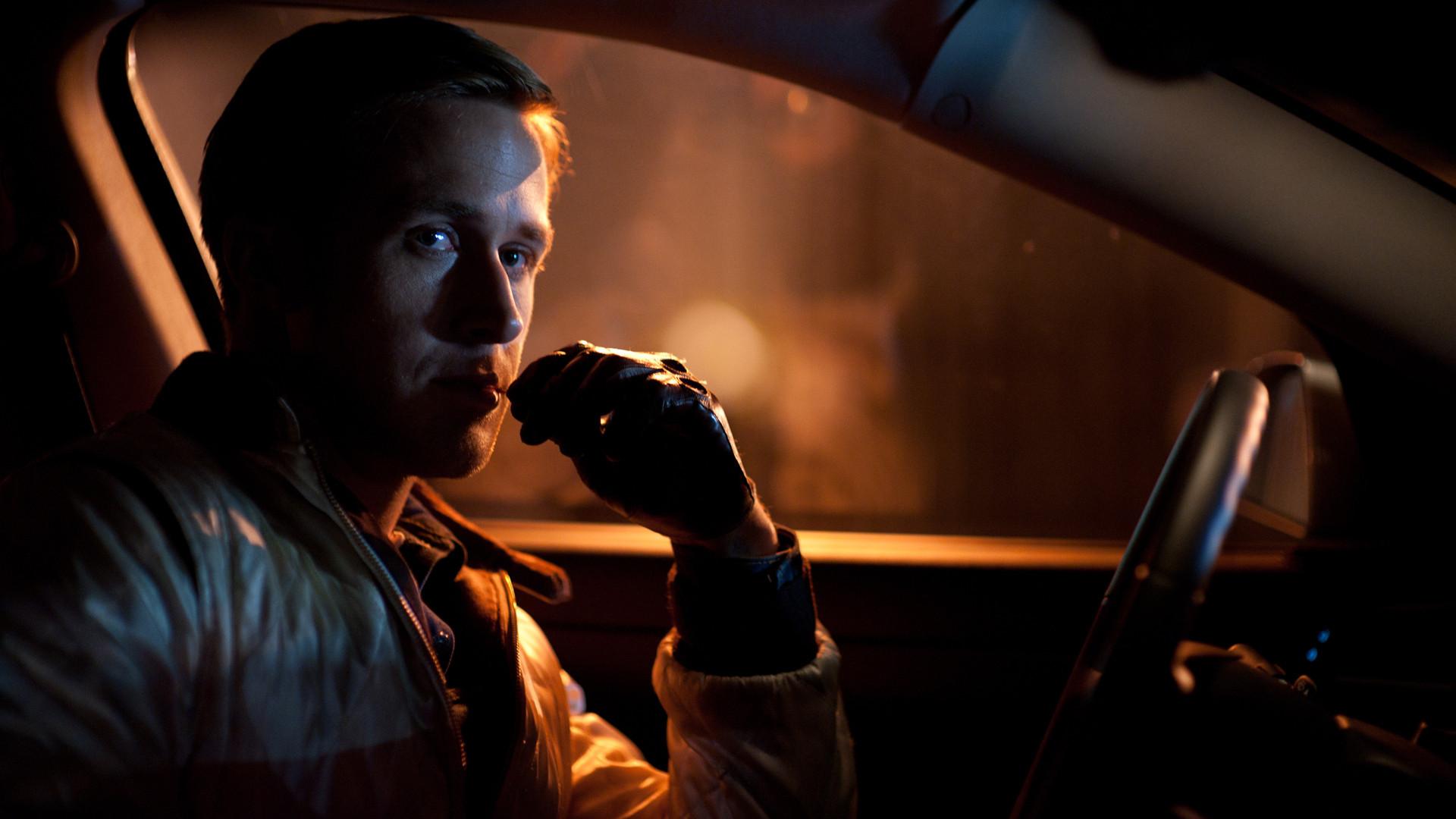
This is the slick neo-noir that established Ryan Gosling as an acting force to be reckoned with and brought the stylized violence of twisted Danish filmmaker Nicolas Winding Refn to a Hollywood audience. The slow pace and the graphic violence don’t exactly click with a wide audience, but viewers who have the stomach for it realize you also need a brain to enjoy it. Drive doesn’t pander to anyone – it’s a smart movie made for smart audiences.
Drive’s neon visuals and synthesizer soundtrack make it feel like it was made in the ‘80s, while the Driver becomes an iconic character in the mold of the Man with No Name or Shane, despite hardly ever saying a word. What makes Drive work is that it’s not a movie about cars – it’s a movie about people and the internal engines that keep them chugging. It’s very human under all that style.
Since most critics and viewers directed their praise at Gosling, a lot of people forget that Albert Brooks is also phenomenal in that movie. After building up a comedy career as a warm, softly spoken West Coast version of Woody Allen, Brooks delivered a knockout turn as the frightful crime lord Bernie Rose. And Carey Mulligan and Christina Hendricks are not to be overlooked in the strong female roles.
The movie suffered at the box office, because the studio sold it as The Fast and the Furious when it’s actually much more artistic and solemn and character-driven than your average car action movie.
Drive might not be as action-packed as The Fast and the Furious movies, but it is much more intriguing and gripping as a thriller than any of those big blockbusters. Those movies are made for audiences who want to switch their brains off, but Drive was made for audiences who appreciate cinematic craft and want to see a thriller that they can think about and engage with. It was Refn’s first American movie, and it just might be his masterpiece.